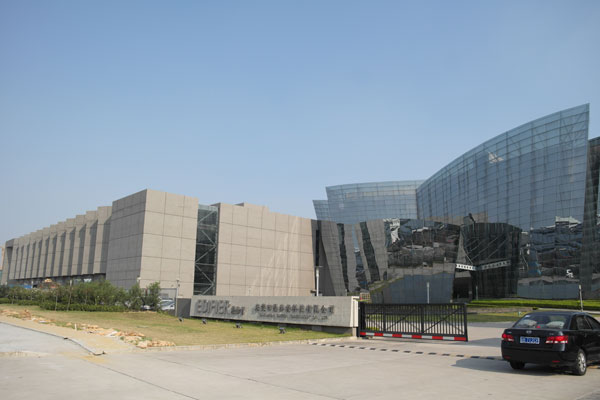
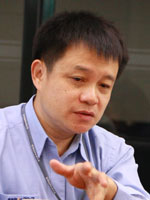
Edifier has been making waves since its founding in Beijing, 1996 by Mr Zhang WenDong, who is the CEO of Edifier Technology Co. Ltd. At that time, the sound industry was very much focused around hi-fi systems and boom boxes, which were very big and bulky and not very appealing to the average consumer. Edifier found its niche by integrating the amplifier with the speaker driver, and enabled it to connect to Sony Walkman(r) units, which were all the rage back then. Sales grew by leaps and bounds, and Edifier Technology Co. Ltd. actually became the very first public listed speaker company in China.
Today, Edifier has grown to become a major player in the sound industry, having strong presences in Canada, Hong Kong, China, Australia, Argentina, and of course, Malaysia. In fact, in the mid-level computer speakers category, Edifier is in the top 3 preferred brands, according to retailers here. Edifier’s rise to fame can be largely contributed to their speakers’ good design and great sound, which stems from strict quality standards imposed in their manufacturing processes.
Representing PC.com, I had the pleasure of visiting their main production factory in Dongguan, China to see how their speakers are made, together with other members of the media like HWM, Stuff and others. I’ll try to share the processes with you with as little jargon as possible, so you’ll have a better understanding of Edifier.
Full in-house production
Edifier fully manufactures their own speakers, which enables them to control and maintain quality in each process, unlike some other brands which simply rebrand OEM speakers to pass of as their own. I was surprised to learn that they even stop the entire production line if there is a power fluctuation of more than 20%, just so they can maintain a stable voltage in their machines (this actually happened during my visit there – the floor was silent for an hour while waiting for the electricity to stabilize). I was told that many other factories operate with unstable power, consequently producing products with high malfunction rate.
Making the tools which make the product
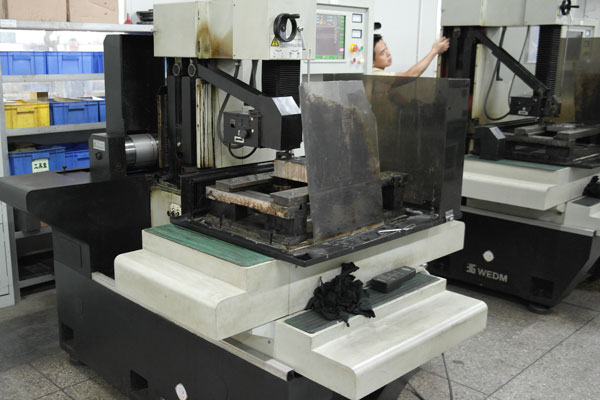

We had the honour of having Mr Zhang, the Founder himself, bring us around the factory. First we were brought to the “tooling” department, where they manufacture tools to be used in the manufacturing of the actual product. Yes it’s machines making tools to make products.
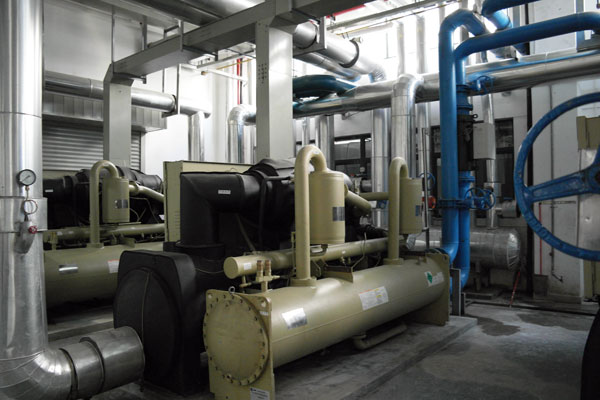
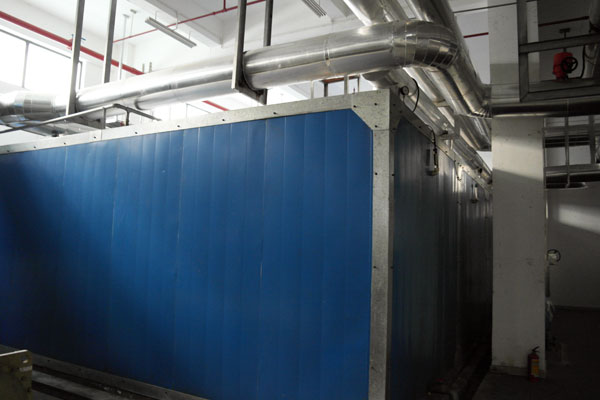
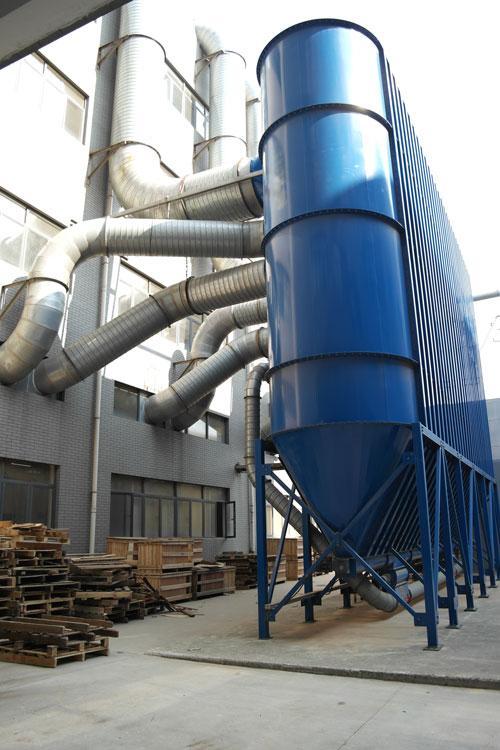
In the case of casings
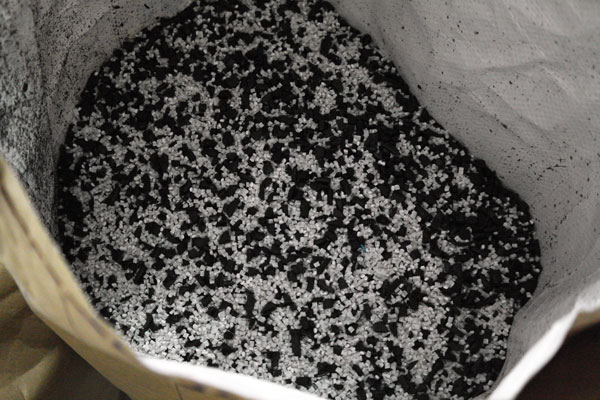
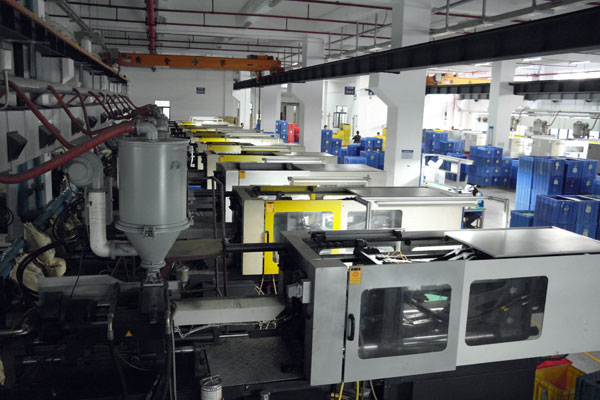
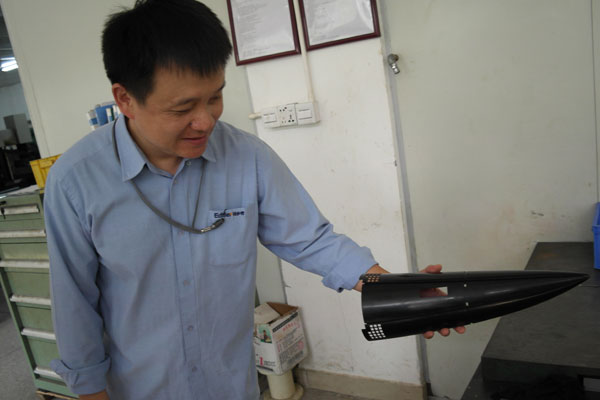

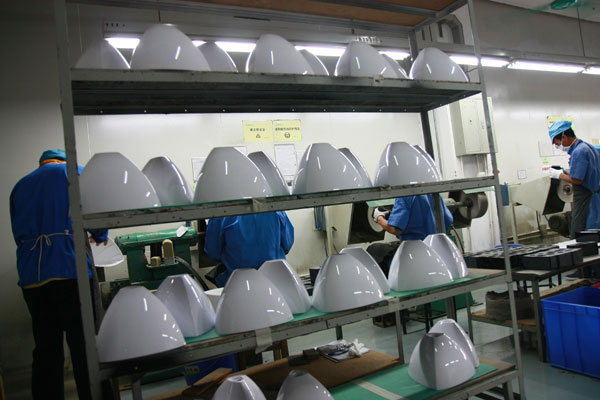
Edifier makes both wood and plastic cased speakers in their factories. Generally speaking, plastic cased speakers have better design as they can be easily molded; however it is the wood cased speakers which sound better due to a more natural reflection of the sound waves in wood. Of course, in the end it boils down to the actual sound drivers and tweeters in determining the overall sound quality.
Components on the line, assemble!

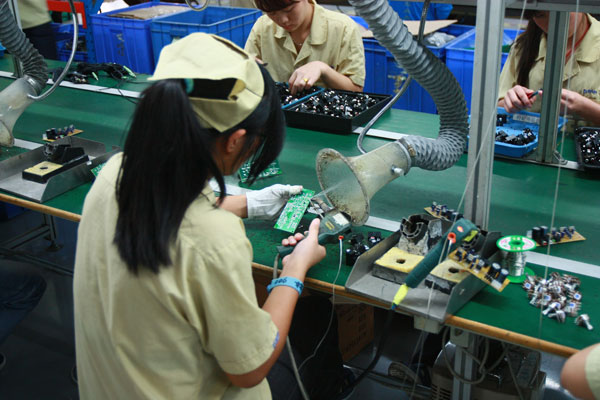
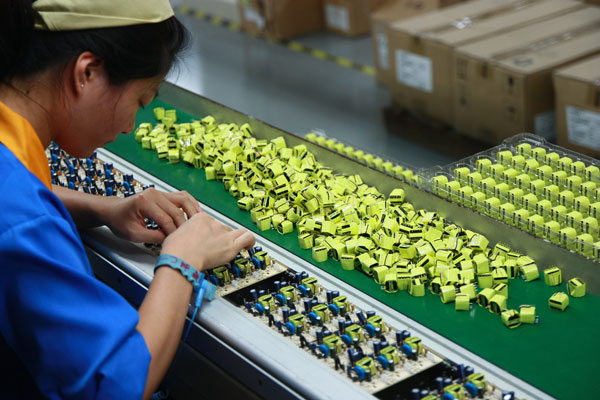
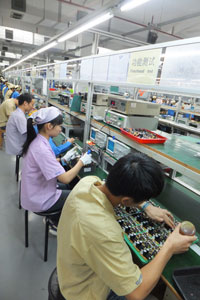

As you can see in the photos, factory workers assemble the larger components onto prefabricated circuit boards (also manufactured in this factory), and are soldered on at amazing speeds. Recalling our half-baked electronics projects in Form 3, these workers put me to shame indeed. Other circuit boards with more complex circuitry were assembled by machines in another room, easily ten times faster than by human counterparts.
Laser-enhanced QC

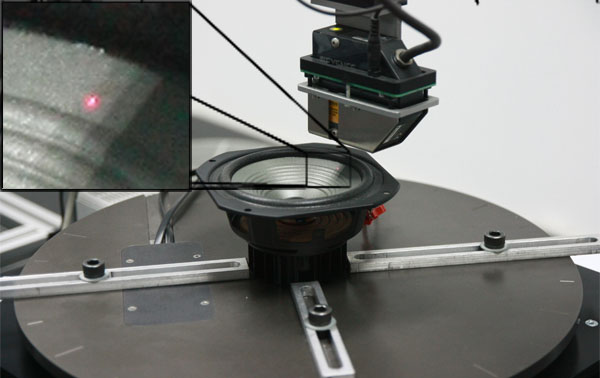
We had the privilege of peeking into one of Edifier’s special QC labs – the Klippel Scanner. It seems like a simple contraption, but close inspection reveals it to be quite the opposite. Using a laser, it measures the exact amplitude of the speaker’s dome at a particular spot at a particular frequency. It cycles through different frequencies from low bass (~20Hz) to high bass, then moves on to a neighbouring spot to do the same. After cycling through the entire dome’s surface, it combines all the data into a detailed 3D model which when animated, shows the exact movement of the dome at super slo-mo.
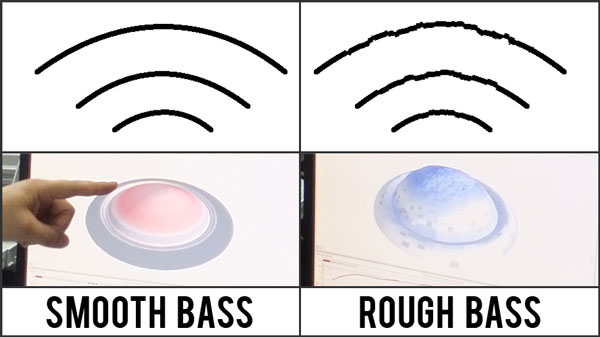

30,000 units produced daily. Mind = blown!
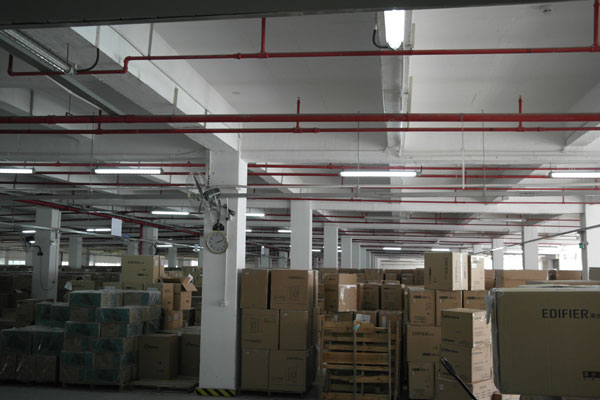
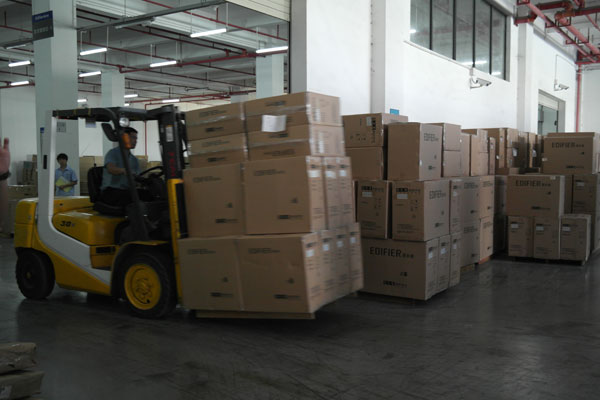
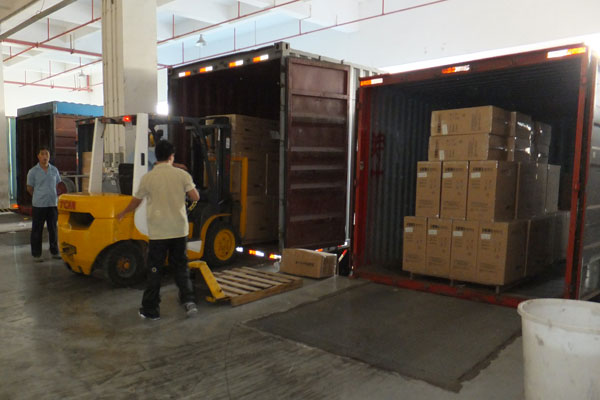
To be honest, I didn’t believe it when Mr Zhang told us the factory produces 30,000 units of speakers every single day. Assuming 12-hour work days, that means each speaker takes one and a half seconds on average to make! However, after seeing their warehouse, and how often they move speaker boxes into containers, I was convinced indeed.
All in all, we left the Edifier factory with a much better understanding of what Edifier is; and we hope I managed to debunk whatever misconceptions you may have about “China brands”.

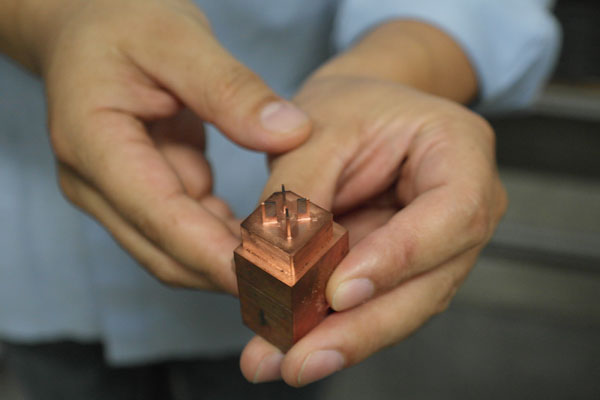

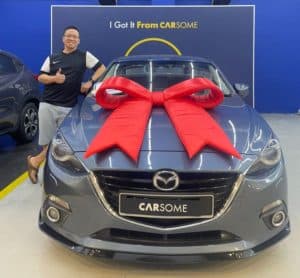

2 Responses
Im looking to buy a edifier s2000pro pair of speakers very soon. This is their best design. Im wondering if they intent to commercialise even a better model more powerful and bigger. I think their design are the best on the market so why not invest more and have top quality sound system for life.
@ Michael: Great article, and many photos, awesome and interesting. Thanks! Even pics of the Klipper system.